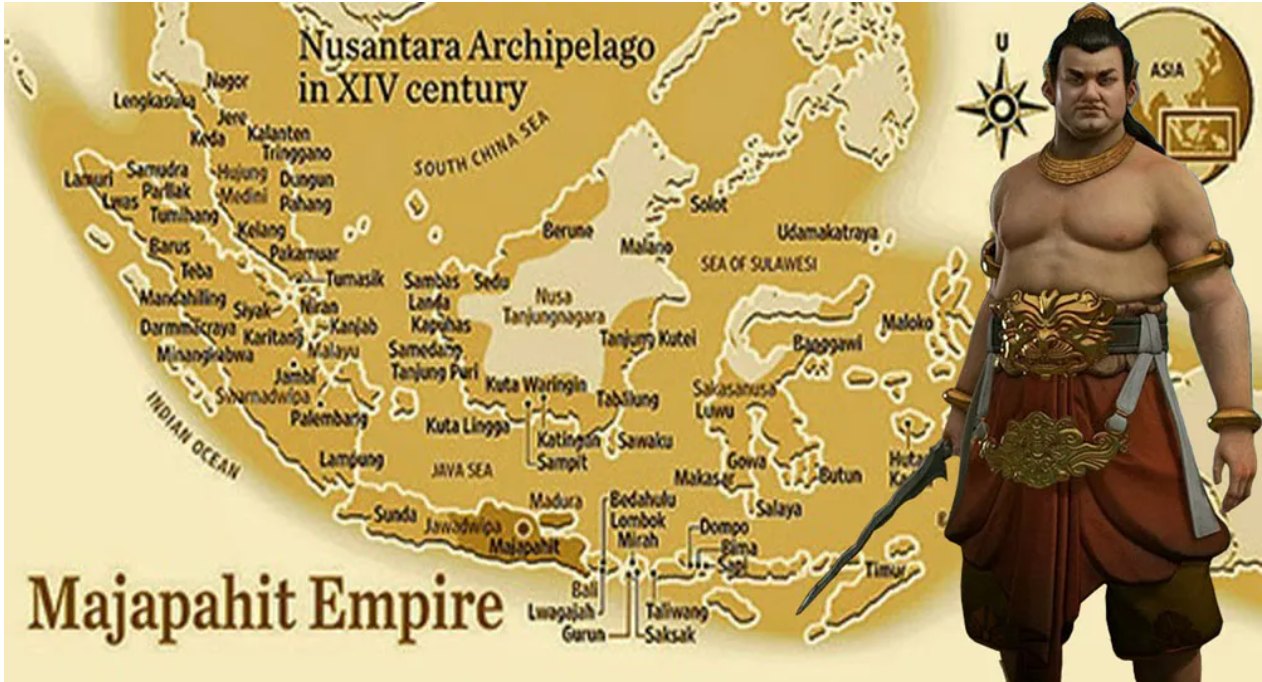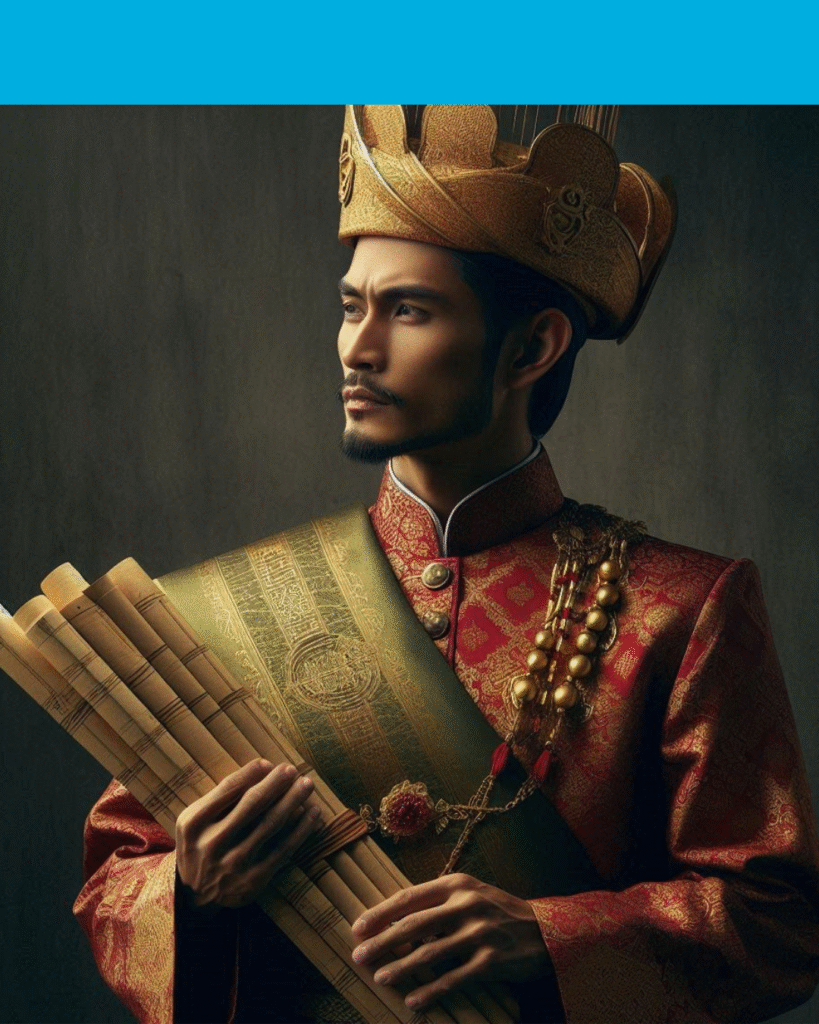An “original Malay” most commonly refers to the earliest form of the Malay people or language, rooted in the Austronesian migrations and cultures of Southeast Asia. In terms of language, original Malay means the ancient or “Old Malay” spoken by the early Austronesian settlers, which later evolved and was influenced by Indian, Persian, and Arabic elements.wikipedia+2
-
Original Malay people: Refers to descendants of Austronesian settlers in the Malay world, primarily associated with areas such as Sumatra, the Malay Peninsula, Borneo, and surrounding islands, including those who trace their lineage to ancient kingdoms like Srivijaya and the Malacca Sultanate.reddit+1
-
Original Malay language: Known as “Old Malay” or Proto-Malayic, this language was used at least by 1000 BCE and is the ancestor of modern Malay and its dialects. It contains some words still recognized today but was influenced over centuries by contact with other cultures, especially through trade and religion.wikipedia+2
-
Some discussions note that truly “original” or “pure” Malay vocabulary is quite limited, as most of the Malay lexicon contains borrowings—from Sanskrit, Arabic, Persian, and later European languages.reddit+1
Alternative interpretations: “Original Malay” can also mean “pure” or “native” Malay, as opposed to later mixed cultures or creole forms, or may refer to specific indigenous groups classified officially as “Malay” in the modern nation-states of Malaysia, Indonesia, Brunei, and Singapore.
In summary, the original Malay is connected to ancient Austronesian heritage in Southeast Asia—both as an ethno-linguistic group and as a language that has evolved substantially over centuries.etymonline+2
- https://en.wikipedia.org/wiki/History_of_the_Malay_language
- https://www.reddit.com/r/malaysia/comments/1ca6b7k/ancient_malay_culture/
- https://en.wikipedia.org/wiki/Malay_language
- https://www.britannica.com/topic/Malay-language
- https://www.etymonline.com/word/Malay
- http://www.sabrizain.org/malaya/library/historymalaylang.pdf
- https://www.reddit.com/r/bahasamelayu/comments/19fn4oi/following_my_previous_post_anyone_have_any/
- https://www.dynamiclanguage.com/the-malay-language-a-linguistic-tapestry-of-southeast-asia/
- https://dictionary.cambridge.org/dictionary/english-malaysian/original
- https://www.reddit.com/r/malaysia/comments/170mkrk/is_there_a_root_language_that_malay_stems_from/
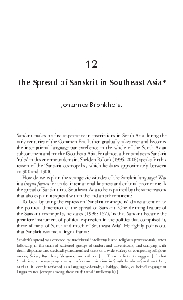
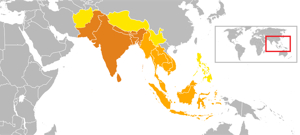
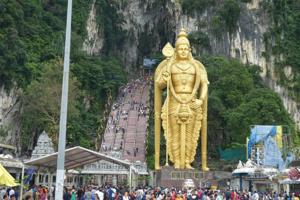

Sanskrit and Indian influences played a crucial role in shaping the original Malay language and culture, particularly during the period before Islam became dominant in the region.
-
Linguistic Influence:
-
The Old Malay language was heavily influenced by Sanskrit through phonemes, morphemes, and vocabulary, especially in words related to Indian culture, religion, governance, and social structure. Examples include words like puja (worship), raja (king), maharaja (great king), dosa (sin), pahala (merit), and neraka (hell), many of which remain in use today in Malay and Indonesian languages.wikipedia
-
A significant portion of the Malay vocabulary is derived from Sanskrit. It is estimated that over half of certain Malay sentences consist of Sanskrit loanwords, especially in formal, literary, and religious contexts. Words such as putera (son), puteri (daughter), asmara (love), samudra (ocean), kenchana (gold), and sukma (soul) all trace back to Sanskrit roots.sabrizain+1
-
-
Cultural and Religious Influence:
-
Indian influence was initially concentrated among the Malay ruling and trading classes who adopted Hinduism and Buddhism. This adoption influenced local governance systems, royal customs, and religious beliefs, often blending with indigenous animistic traditions.sabrizain
-
Early Malay literature and historiography drew extensively from Hindu epics like the Ramayana and Mahabharata, which helped shape the literary and cultural identity of the Malay world before Islamisation.division.iium+1
-
-
Scripts and Scholarly Tradition:
-
Old Malay inscriptions used Indian-derived scripts such as Pallava and Nagari, underscoring the cultural transmission from Indian civilization to Southeast Asia, including the Malay archipelago.wikipedia
-
Scholarly and literary traditions flourished, promoting Sanskrit-derived terminology within the domains of philosophy, administration, and religion.
-
-
Endurance Despite Later Influences:
-
Even after the arrival of Islam and the introduction of Arabic and Persian vocabulary, many Sanskrit terms persisted in the Malay lexicon, demonstrating the deep-rooted influence of Indian culture in the region’s language and thought.academia
-
In summary, Sanskrit and Indian cultural influences fundamentally shaped the original Malay language, embedding a rich legacy of vocabulary, royal and religious concepts, and literary traditions that profoundly impacted Malay civilization before and alongside later Islamic and other cultural waves.academia+2
- https://en.wikipedia.org/wiki/History_of_the_Malay_language
- https://www.youtube.com/watch?v=XHh7zvdNuY8
- https://www.sabrizain.org/malaya/hindu2.htm
- https://www.academia.edu/128755294/The_Influence_of_Sanskrit_on_the_Malay_Language_Language_Transcending_Religion
- https://www.dynamiclanguage.com/the-malay-language-a-linguistic-tapestry-of-southeast-asia/
- https://ling-app.com/blog/malay-words-from-sanskrit/
- https://soccamacha.blogspot.com/2020/09/sanskrit-at-roots-of-indo-malay-language.html
- https://division.iium.edu.my/lib/malay-and-islamic-manuscripts/about/



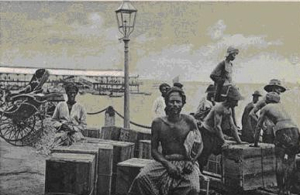
Hinduism was mainly adopted by Malay royalty and traders primarily because it was associated with higher social status, political power, and economic prosperity rather than purely religious or spiritual reasons.
Key reasons include:
-
Social and Economic Standing: Indian merchants were economically influential, and their religion carried prestige. The Malay royalty and trading elites converted to Hinduism partly to align themselves with the prosperous and culturally advanced Indian traders, which elevated their social status and helped secure better trade relations and political alliances. It was seen as a means to achieve a “better standard of living” rather than a deep theological understanding at first.sabrizain
-
Royal Legitimacy and Cultural Prestige: According to the Malay Annals and historical interpretations, Malay royalty traced their origins partly to Indianized lineages, which enhanced their claim to divine kingship and political power. Kings and princes adopted Hindu titles (like Raja) and royal customs influenced by Indian culture to legitimize their rule.wikipedia+2
-
Indian Brahmins and Rituals: Hindu Brahmins (priestly caste) played a significant role by providing royal courts with religious rituals and ceremonies, thereby embedding Hinduism in governance and culture. This Brahmanic element of Hinduism was more compatible with the hierarchical and ceremonial needs of the royalty and aristocracy.scholarhub.ui
-
Trade and Intermarriage: Hinduism spread among coastal Malay rulers and traders through Indian merchants and intermarriages, creating socio-economic bonds and integrating Indian religious concepts into the Malay elite culture.biblioasia.nlb+1
-
Gradual and Acquiescent Adoption: There was no formal missionary force; instead, Hinduism spread slowly as local elites embraced elements of Indian civilization for political, economic, and cultural benefits, not by force.sabrizain+1
In summary, Hinduism was adopted mainly by Malay royalty and traders because it represented a symbol of civilization, economic advantage, and political legitimacy in their interactions with Indian traders and civilizations, fitting their role as rulers and elites in the Malay world.scholarhub.ui+2
- https://www.sabrizain.org/malaya/hindu2.htm
- https://scholarhub.ui.ac.id/cgi/viewcontent.cgi?article=1355&context=hubsasia
- https://www.hinduamerican.org/blog/5-things-to-know-about-hindu-challenges-in-malaysia/
- https://en.wikipedia.org/wiki/Hinduism_in_Malaysia
- https://biblioasia.nlb.gov.sg/vol-3/issue3/oct-2007/indian-migration-british-malaya-singapore/
- https://en.wikipedia.org/wiki/Hinduism_in_Southeast_Asia
- https://www.reddit.com/r/AskHistorians/comments/5o8avu/how_did_indonesia_and_malaysia_become/
- https://www.britannica.com/topic/Hinduism/The-spread-of-Hinduism-in-Southeast-Asia-and-the-Pacific


